 |

Tools:








The Hobby Market – a Force in Toys
Mary Couzin, CEO of the Chicago Toy & Game Group, read a recent article of mine and pointed out to me that the Hybrids (Skylanders, etc.) were not the only category excluded from most toy industry statistics. She rightly said that there was an equally large group, the Game and Hobby retailers, that was being ignored by NPD and which deserved recognition as a valid and important segment of the U.S. toy industry.
In fact, the Games and Hobby market is a channel often overlooked by most toy industry experts. There are about 5000 game and hobby stores in the U.S. and they tend to be relatively small and single units, typically outside the normal supply chain that connects toy manufacturers to the regular toy retailers, and catering to a population that is distinctly different from the traditional toy consumer group. There are a couple of things that are truly remarkable about this niche of the toy market. One is that it is generally not included in overall market statistics because the data are very difficult to come by. Secondly, whilst the traditional toy market has been flat, up a mere 6% since 2008, the Hobby and Game market in the same period more than doubled. Thirdly, none of the major toy manufacturers, with the exception of Hasbro, has a stake in it.
To reach them generally means going through the store distributors, who buy inventory from a variety of vendors with the intention of reselling them to hobby stores. For a manufacturer specialized in this space this is a cost efficient method to reach its customers, because distributors already have established relationships with the stores and are better able to promote new products. It also explains why traditional toy manufacturers and the statistical companies catering to them ignore this entire space.
Unlike the traditional toy consumer group which ranges from the ages of two up to about twelve and is pretty evenly split between boys and girls, the demographics applying to the Game and Hobby channel are quite different – much more akin to the Video Game market place:
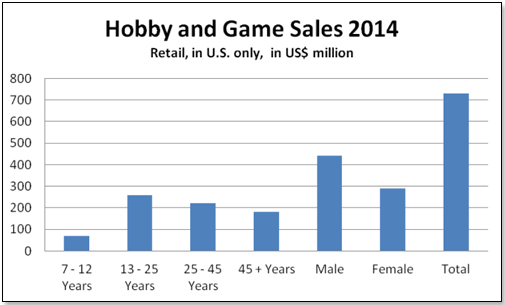
Source: Klosters Retailer Panel
A Game and Hobby store resembles a video game retailer in more aspects than just its customer demographics. Typically, they are small, have a very loyal clientele, have a highly specific and focused offering, and are staffed by very knowledgeable people. A good example is the Quarterstaff store in Burlington, arguably the oldest and largest Game and Hobby store in Vermont. One client wrote the following comment on it, which I quote because it describes its store type very well:
"Located in the Church Street Marketplace, the store was quite nice, with beautiful wooden shelves that were very well stocked and organized; unlike many other hobby game stores I've been to, I'm almost certain that every expansion I saw also had the corresponding base game in stock, and the layout made everything easy to locate and identify.
In addition to the board and card games I look for, the store had a lot of CCG packs and singles in stock and a sizable minis section. Service was great as well; someone on the floor directed me to a brand-new game I was looking for and engaged in some friendly chit-chat, while the clerk was similarly friendly and skillfully managed to redirect the group of customers browsing through Magic singles away from the front of the register so I could make my purchase."
The store also has an adjacent gaming room where customers meet to play their games and which generates about one-third of the store’s revenue in the form of Tournament Fees. The enterprise has five staff members of which I met three – Kevin Day, Dan Higgins and Jordan West – who very clearly know their business.
Turning to the wider picture, this is how the U.S. toy market developed over the past seven years. The bottom dark blue line shows NPD data for the traditional toy market as published by them. The red line above it shows the same market place but as tracked by the Klosters Retailer panel. The top line includes, in addition, the two toy categories mentioned above – Hybrids (Skylanders etc) and the Game and Hobby retailers.
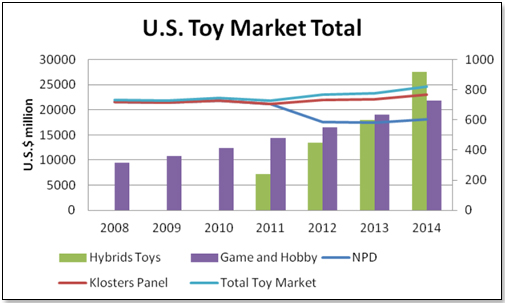
Source: Klosters Retailer Panel
The Game and Hobby retailers are a particularly important channel for a very specific toy product group – Games and Puzzles. Last year, this channel is estimated to have generated retail sales for Games and Puzzles in the neighbourhood of US$ 730 million. This compares with the sales number recorded for the traditional toy retailers in the U.S. of $2,030 million as estimated by the Klosters Retailer Panel. Since Hasbro (HAS) is the market leader in Games and Puzzles in the U.S., I have estimated their U.S. retail sales as well:
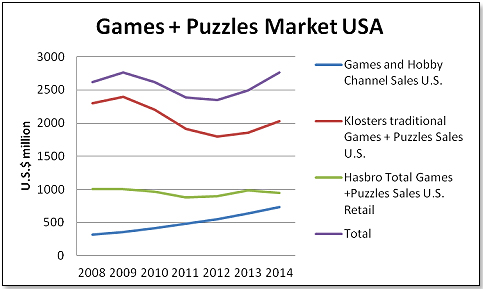
Source: Klosters Retailer Panel, SEC filings
There are basically four product groups that make up the sales by the Games and Hobby Channel – Collectible Card Games, Miniature Games, Non-Collectible Card Games and Role Playing Games and this is how the sales of each last year are estimated:
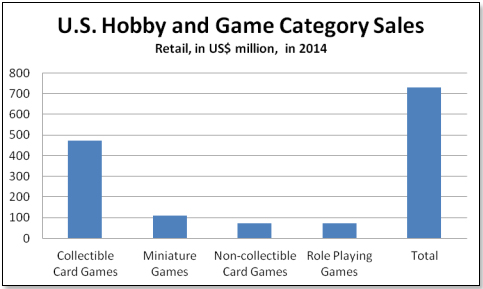
Source: Klosters Retailer Panel
Below is a short summary of what these four categories stand for:
Collectible Card Games
Collectible card games are defined by the use of decks of proprietary cards that differ between players. The contents of these decks are a subset of a very large pool of available cards that have differing effects, costs, and art. A player accumulates his or her deck through purchase or trade for desirable cards, and each player uses their own deck to play against the other. Magic: The Gathering and Yu-Gi-Oh! are well-known collectible card games. Such games are also created to capitalize on the popularity of other forms of entertainment, such as Pokémon and Marvel Comics which both have had CCGs created around them.
To be a CCG, the game must resemble trading cards in shape and function, must be mass produced for trading or collectability, and must have rules for strategic game play. In addition, it is a game in which the player uses his own deck with cards primarily sold in random assortments. Acquiring these cards may be done by trading with other players or buying card packs. If every card in the game can be obtained by making a small number of purchases, or if the manufacturer does not market it as a CCG, it is not a CCG
The top Collectible Card Games sold in the channel last year were:
| Rank |
Game |
Company |
| 1 |
Magic the Gathering |
Wizards of the Coast/Hasbro |
| 2 |
Yu Gi Oh! |
Konami Digital Entertainment |
| 3 |
Pokemon |
Pokemon USA |
| 4 |
Marvel and DC HeroClix |
WizKids/NECA |
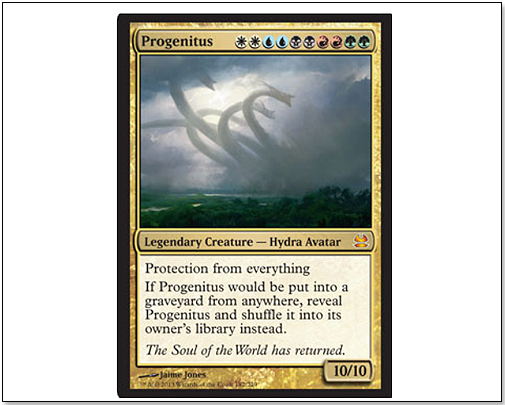
Miniature Games
Miniature Games are a form of war gaming that incorporates miniature figures, miniature armour and modelled terrain as the main components of play. Like other types of war games, they can be generally considered to be a type of simulation game, generally about tactical combat, as opposed to computer or board war games that have greater variety in scale.
The miniatures and scenario items at the core of the model war-gaming experience are available in different scales, and many sets of rules are written with the assumption that a particular scale is being used.
The top Miniature Games sold in the channel last year were:
| Rank |
Game |
Company |
| 1 |
Warhammer 40K
|
Games Workshop |
| 2 |
Warmachine/Horde |
Privateer Press |
| 3 |
Firestorm Planetfall |
Spartan Games |
| 4 |
StarTrek Attack Wing |
WizKids/NECA |
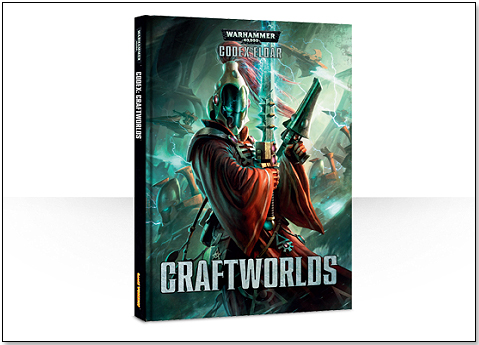
Non-Collectible Card Games
A good example for non-collectible card games is Dominion, a deck-building game published by Rio Grande Games. Each player uses a separate deck of cards to which only they have access; players draw their hands from their own decks, not others'. During turns, players use their cards to perform various actions and purchase cards from a common pool of card stacks available to all players, including those that give them more actions, coins to purchase cards, and victory cards that are otherwise valueless during the game. At the end of the game, defined when certain common stacks are exhausted, the player with the highest number of victory points wins. The game has a light medieval theme, with card names that reference pre-industrial, monarchical, and feudal social structures.
The top Non-Collectible Card Games sold in the channel last year were:
Rank
|
Game |
Company |
| 1 |
Munchkin |
Steve Jackson Games |
| 2 |
Dominion |
Rio Grande Games |
| 3 |
Android Netrunner |
Fantasy Flight Games |
| 4 |
Ascension |
Stone Blade Entertainment |
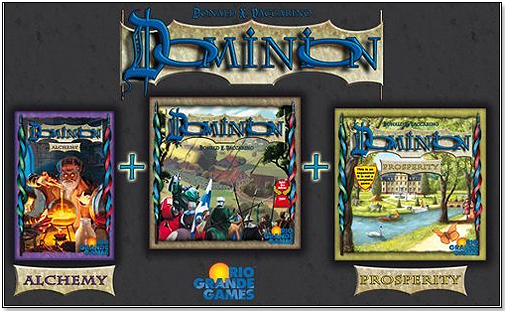
Role Playing Games
A role-playing game (RPG) is a game in which each participant assumes the role of a character, generally in a fantasy or science fiction setting, that can interact within the game's imaginary world and where the outcomes are partially determined by chance as by the roll of a dice. It must have three characteristics. One is a setup that describes the skill aspects of the character played. The second is that there is a method by which these skill aspects can be strengthened – mostly by increasing experience levels. Thirdly, there must be a menu-driven combat system that utilizes the skills of the character played.
The top Role Playing Games sold in the channel last year were:
| Rank |
Game |
Company |
| 1 |
Dungeons and Dragons |
Wizards of the Coast/Hasbro |
| 2 |
Pathfinder |
Palzo Publishing |
| 3 |
Iron Kingdoms |
Privateer Press |
| 4 |
Star Wars |
Fantasy Flight Games |
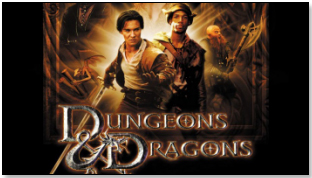
Clearly, the largest player in this space is Wizards of the Coast, owned by Hasbro, with the #1 position in the Collectible Card Games category as well as in Role Playing Games. It is estimated that Wizards represents about one-third of Hasbro’s Games and Puzzles sales and that the company has a market share of about 25% of the overall Games and Hobby market in the U.S. It is also a fantastically lucrative business with a profitability ratio way above Hasbro’s average. However, there is a fair amount of anecdotal evidence that Wizards are losing market share. Both Pokemon and Konami appear to be moving up at their expense both in the Hobby and Game channel as well as in Mass Retail. Given the fact that Games and Puzzles are Hasbro’s second largest category, and given the fact that their board games part is declining, the continued health of Wizards of the Coast is vital to the Company and its bottom line. If current trends remain unchecked, this business could well become very vulnerable in a real hurry.
 Writer's Bio: Writer's Bio: Lutz Muller is a Swiss who has lived on five continents. In the United States, he was the CEO for four manufacturing companies, including two in the toy industry. Since 2002, he has provided competitive intelligence on the toy and video game market to manufacturers and financial institutions coast-to-coast. He gets his information from his retailer panel, from big-box buyers and his many friends in the industry. If anything happens, he is usually the first to know. Read more on his website at www.klosterstrading.com. Read more articles by this author
THIS BANNER IS AN AD:

Back to TDmonthly's front page
|  |
Advertise on TDmonthly

|





 Writer's Bio: Lutz Muller is a Swiss who has lived on five continents. In the United States, he was the CEO for four manufacturing companies, including two in the toy industry. Since 2002, he has provided competitive intelligence on the toy and video game market to manufacturers and financial institutions coast-to-coast. He gets his information from his retailer panel, from big-box buyers and his many friends in the industry. If anything happens, he is usually the first to know. Read more on his website at www.klosterstrading.com. Read more articles by this author
Writer's Bio: Lutz Muller is a Swiss who has lived on five continents. In the United States, he was the CEO for four manufacturing companies, including two in the toy industry. Since 2002, he has provided competitive intelligence on the toy and video game market to manufacturers and financial institutions coast-to-coast. He gets his information from his retailer panel, from big-box buyers and his many friends in the industry. If anything happens, he is usually the first to know. Read more on his website at www.klosterstrading.com. Read more articles by this author